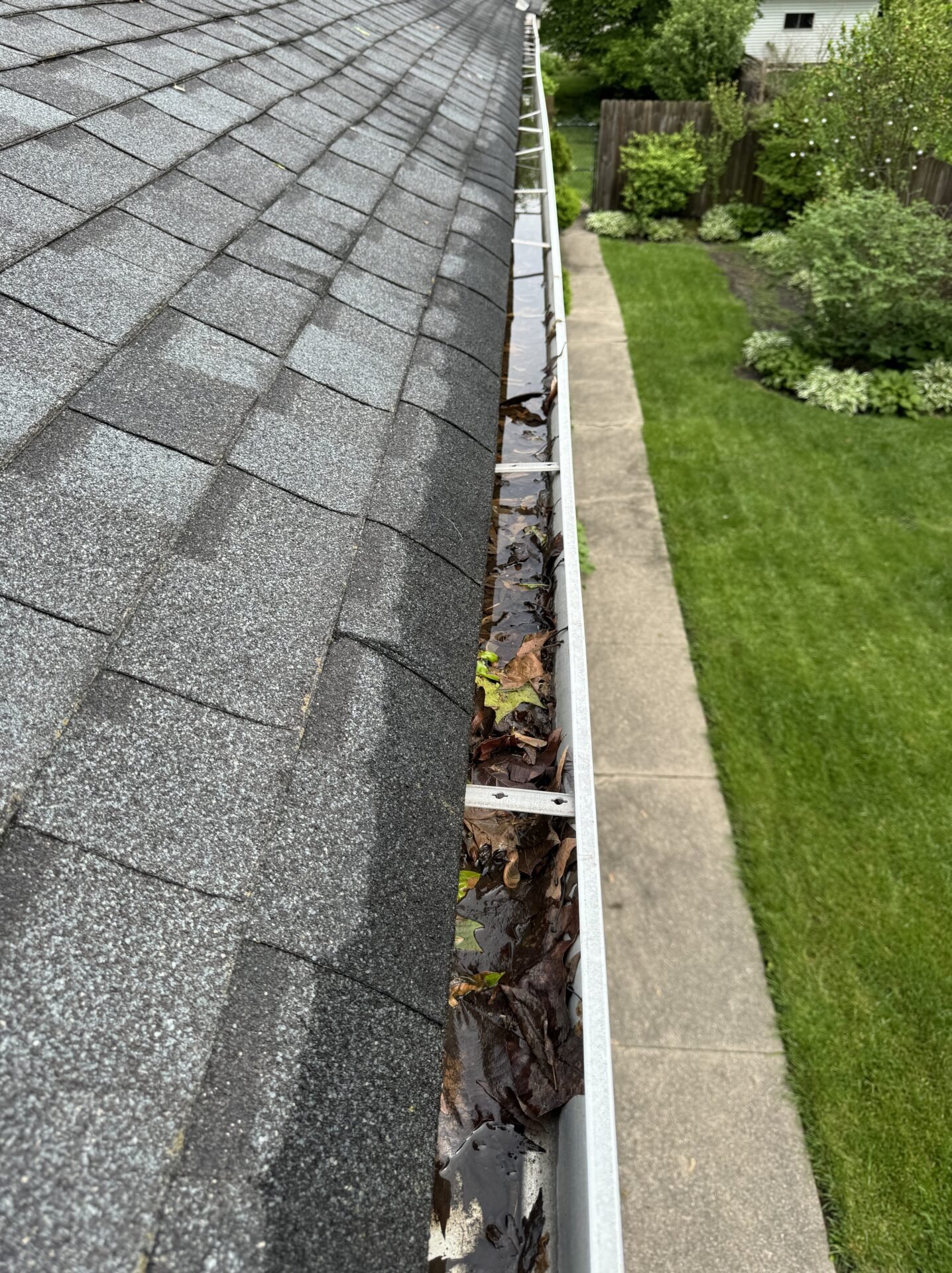
May 15, 2024
Clogged Downspouts Service
Understanding and Addressing Clogged Downspouts Service
Clogged downspouts are a common but critical issue for homeowners, as they can lead to a variety of problems, including water damage to the foundation, basement flooding, and deterioration of exterior surfaces. Proper maintenance and regular inspection of your home’s gutter system can help prevent these issues. Here’s an in-depth look at understanding and managing clogged downspouts.
What Causes Downspout Clogs?
Clogs in downspouts are primarily caused by debris accumulation such as leaves, twigs, and dirt. This debris can build up if gutters are not cleaned regularly. In areas with heavy rainfall or a lot of tree coverage, downspouts are particularly prone to clogs. Other contributing factors can include the presence of birds’ nests or the improper installation of gutter guards.
Signs of Clogged Downspouts
The first sign of a clog is water spilling over the sides of your gutters instead of flowing smoothly through the downspout. You may also notice water stains on the siding of your house or the paint peeling in areas near the gutters. In severe cases, you may even hear water gurgling sounds or see visible plant growth in the gutters, indicating long-standing blockage.
Consequences of Ignoring Clogged Downspouts
Ignoring clogged downspouts can lead to several problems:
- Water Damage: Overflowing water can seep into your home’s foundation, leading to cracks and structural damage.
- Basement Flooding: Water that does not drain properly can pool around the base of your home and potentially flood your basement.
- Landscape Erosion: Excess water spilling out of gutters can erode the landscaping around your home, damaging plants and soil.
Preventive Measures and Solutions
- Regular Cleaning: Clean your gutters and downspouts at least twice a year—once in the spring and once in the fall. This prevents the accumulation of debris that can lead to clogs.
- Install Gutter Guards: Gutter guards can be effective in preventing debris from entering the gutter system. However, they still require occasional cleaning and inspection to ensure they are functioning properly.
- Check for Proper Installation: Ensure that your gutter system, including downspouts, is installed correctly. Improper slope or alignment can contribute to clogging issues.
- Use Downspout Strainers: Installing strainers at the top of the downspout can catch larger debris while allowing water to flow through.
- Flush with Water: Regularly flushing downspouts with a hose can help push out any minor clogs that might be starting to form.
- Professional Inspection: If you’re experiencing persistent issues, it might be wise to hire a professional to inspect your gutter system. They can identify and fix any hidden problems.
Conclusion
Clogged downspouts are more than just an annoyance; they pose serious risks to the structural integrity of your home and the safety of your living environment. By taking proactive steps to maintain and inspect your gutters and downspouts, you can protect your property from costly and preventable water-related damage. Remember, a little maintenance goes a long way in preventing big problems



Comment (0)